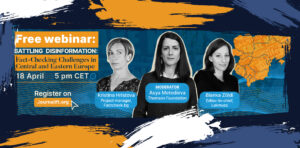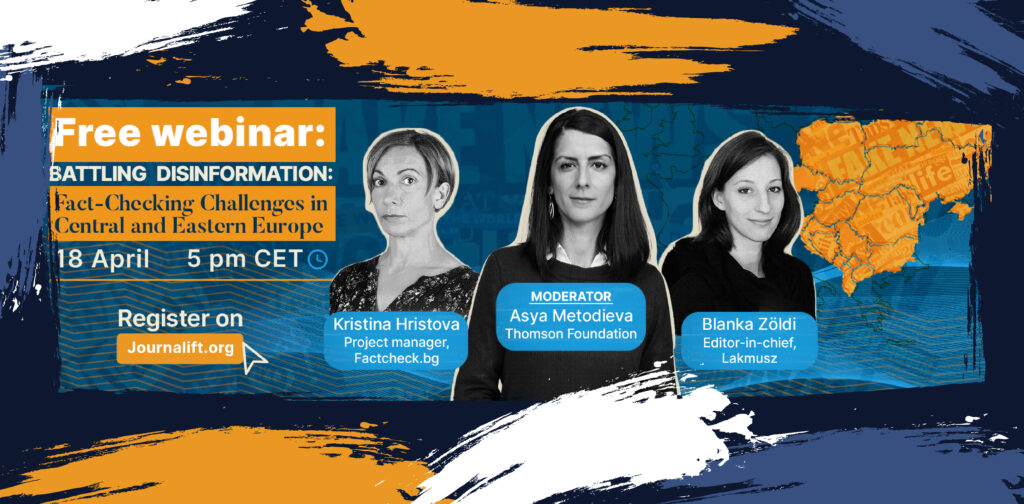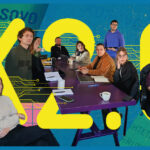Media and technology are messing up with each other! They are causing confusion or chaos in some way. Can the intellectual power of media experts effectively utilise technology to make the media environment satisfying for citizens at a global level?
In recent years, media literacy has become a critical factor in our increasingly digital world.
As technology continues to permeate more aspects of our lives, it is increasingly important to understand how to decipher gendered disinformation from sources of legitimate information.
The Internet has both made it easy to spread false information, and has allowed a variety of media outlets to report news.
Building networks is a powerful tool to improve media literacy and combat gendered disinformation. It is used in conjunction with traditional media fact-checking methods. For instance, building networks allows users to collaborate and cross-reference sources from both traditional media outlets, as well as from social media sources. By verifying sources, users can be certain that their own reporting is based on trusted sources, and that the information is reliable.
Building networks can be a powerful tool in combating gender disinformation by providing a platform for sharing accurate information, promoting diversity, and amplifying marginalized voices, like creating safe spaces, these safe spaces can be used to share accurate information, discuss experiences, and support one another or amplifying marginalized voices, this can be done by promoting their work, sharing their stories, and inviting them to speak on media. The best tool is to build coalitions, between individuals and organizations that are working to combat gender disinformation.
By working together, these groups can share resources, ideas, and strategies for promoting accurate information and combating disinformation.

There have been several successful campaigns and initiatives that have used building networks to promote accurate and empowering information about gender.
- #Me-too, movement started as a hashtag on social media in 2017 and quickly spread as a network building tool to raise awareness about sexual harassment and assault. This has led to a greater understanding of the prevalence of these issues, as well as a push for systemic change in addressing them.
- Girl Up, is a global network of young leaders who are working to promote gender equality and empower girls around the world. Through a series of events and campaigns, Girl Up connects girls with mentors and provides them with the skills and resources they need to become leaders in their communities. By building a strong network of empowered girls and supportive allies, Girl Up has helped to create a more inclusive and equitable world for all.
- UN Women's HeForShe Campaign is a global initiative aimed at mobilizing men and boys in the fight for gender equality. Through their use of social media, they have been able to spread their message far and wide, showcasing the stories of women in various industries, creating dialogue and inspiring men to join the cause.
Overall, these campaigns and initiatives demonstrate the power of creating networks in promoting accurate and empowering information about gender. By building strong networks of supportive individuals, organizations and media we can work together to create a more equitable society, but is this enough? Are we late?
To be more pragmatic, let's illustrate this - To compete at the level of 100 horsepower, a simple car (with a cost of approximately 9,000 euros) compared to 100 horses with a classic carriage (whose value is approximately 150,000 euros) is not feasible at all. The same thing is happening in the media, where the intellectual power of media experts is not effectively utilizing technology to make the media environment satisfying for citizens at a global level!































